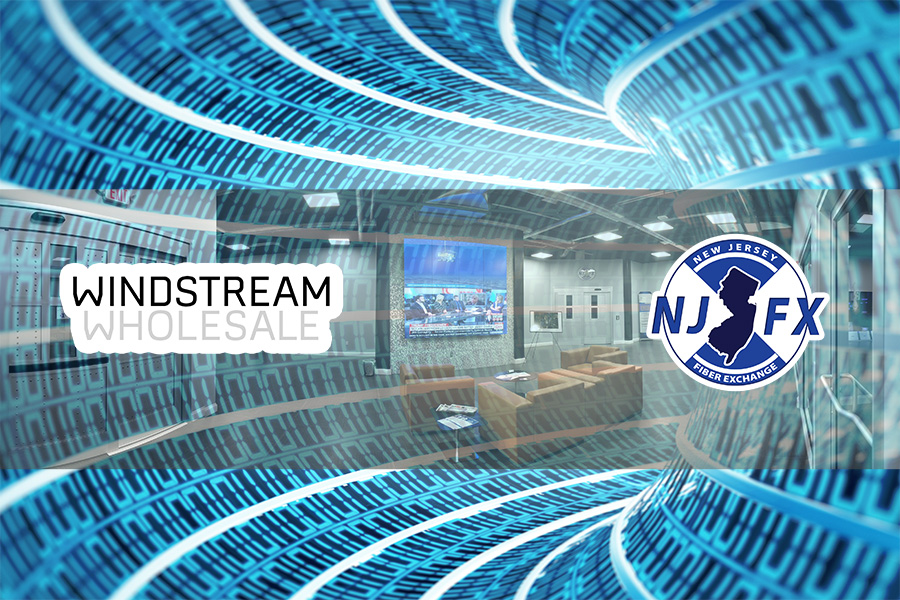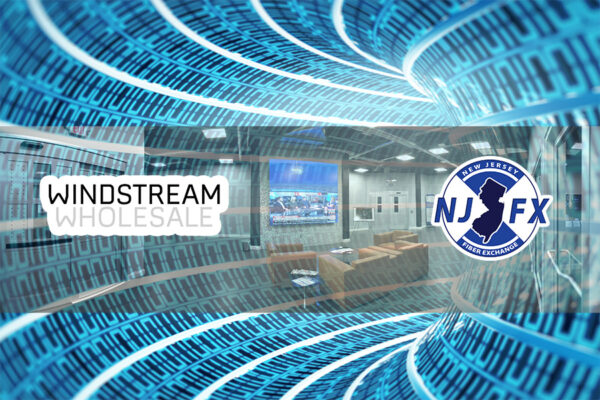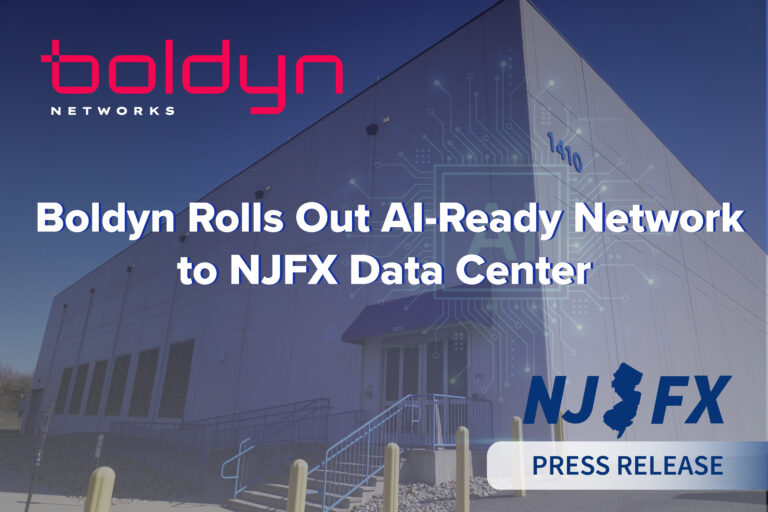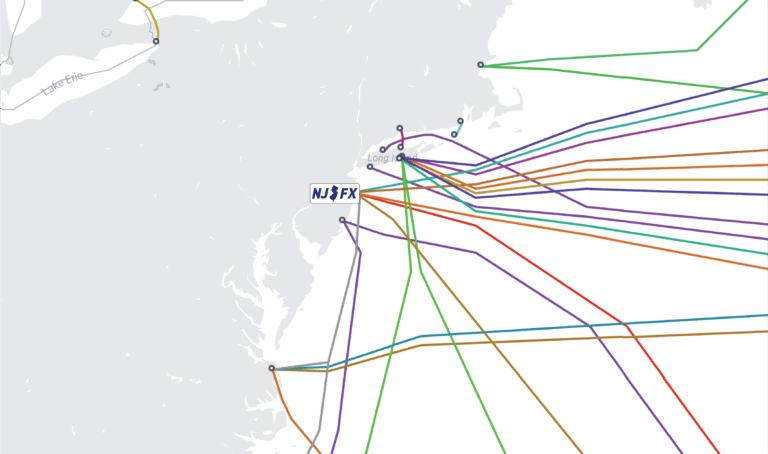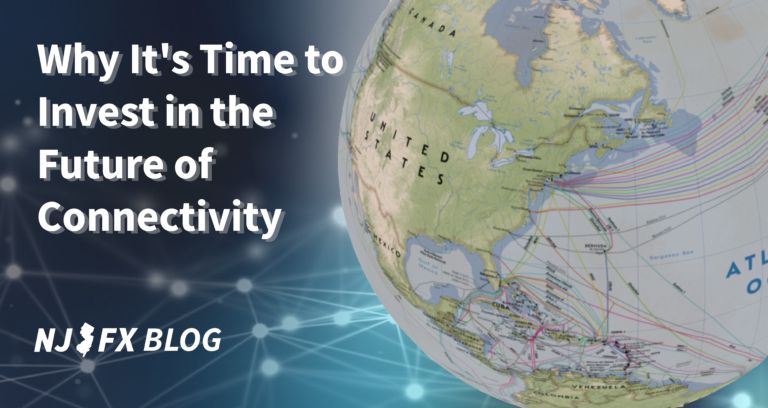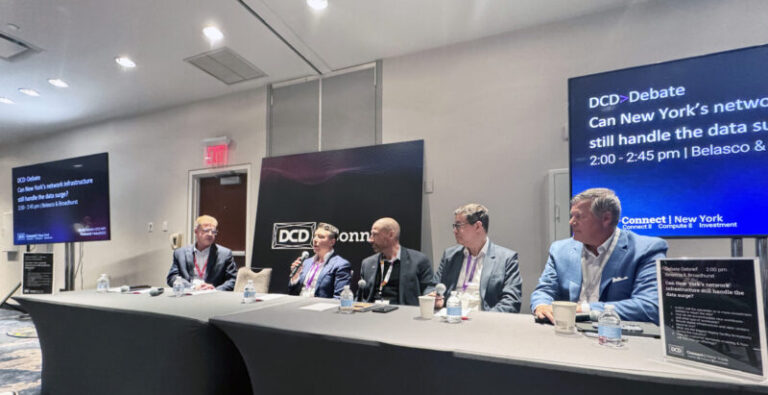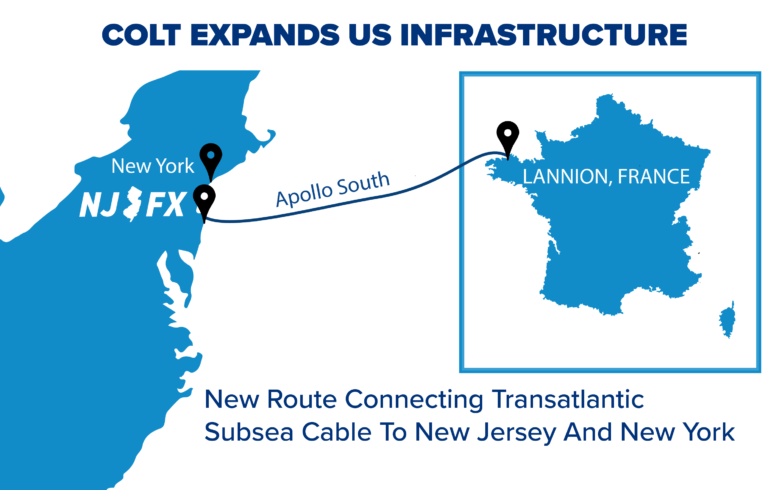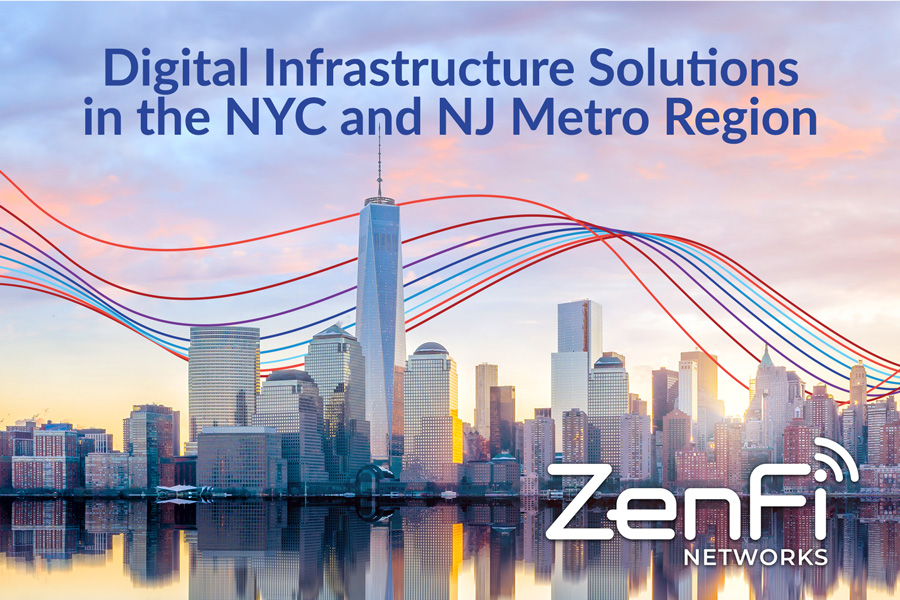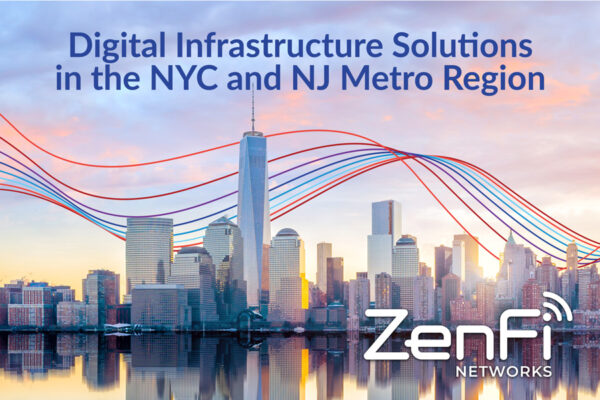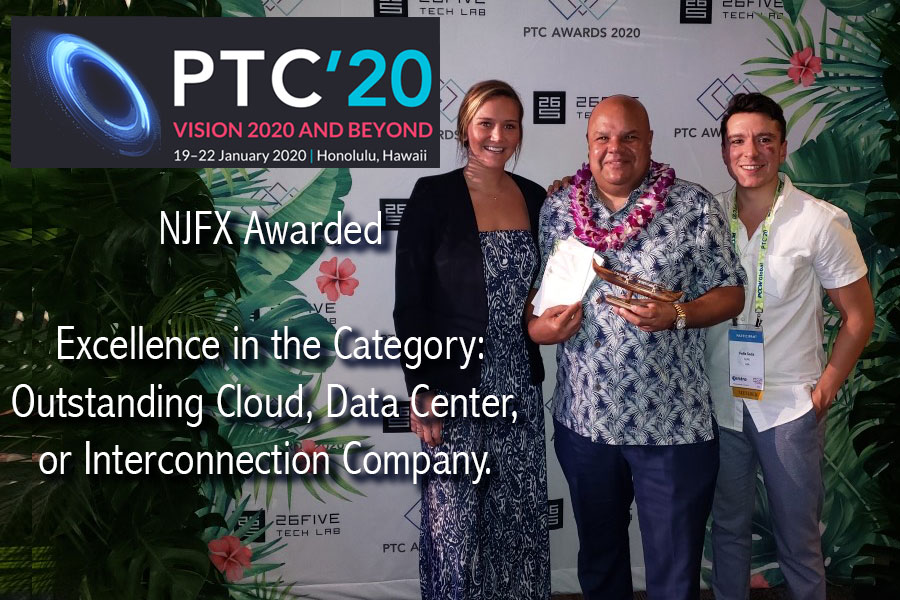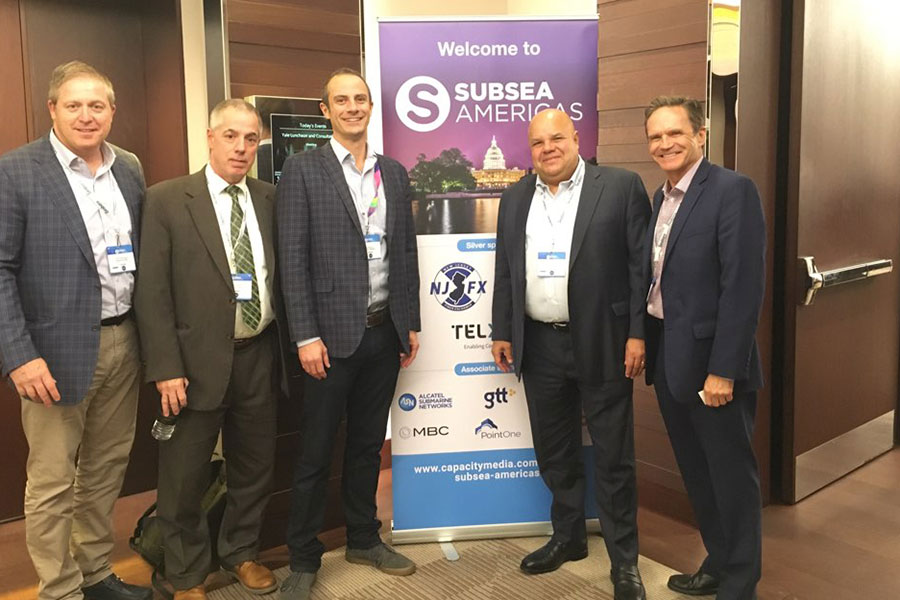Optimism is in full swing as we look ahead to a post-pandemic world. Many organizations have had to do some rebalancing this past year and make investments in their network infrastructures – increasing security and modernizing legacy networks – all to pave the way for new applications and capabilities. Enterprises, as well as telecom wholesalers, have spent time fortifying core areas, so that their networks have the capacity to support their end-users’ digital engagement. This has been an especially transformative year for ZenFi Networks, the ‘Go-To’ provider for wireless siting, network edge colocation and dense fiber connectivity across the greater New York and New Jersey metro regions. The company helps large enterprises, wireless providers and wholesale telecommunications providers shore up capacity, leverage new routes and expand to meet the increasing demands for low latency and ultra-reliable connectivity.
With a fiber network spanning over 1300 route miles throughout NY and NJ metro regions, ZenFi’s purpose-built communications infrastructure network is also accessible at NJFX’s CLS colocation campus.
“ZenFi Networks is made up of industry veterans, many of whom have known Gil and his team for over a decade. We were all big fans of NJFX right from the start and had faith that NJFX would build a unique and impactful CLS ecosystem. The investment we made at their CLS campus has really paid off.” – Thomas Schemly, Executive Director, Telecom Solutions for ZenFi Networks
NJFX’s unique carrier ecosystem has grown to over 20 terrestrial carriers and four subsea cable systems since it launched five years ago. By collaborating closely with our carrier partners, our facility and services have not only expanded but we have been able to stay agile. We are always looking for ways to adapt based on what our clients require – everything from offering higher availability to better security and better network architecture solutions.
And we believe that it is that spirit of finding ways to get more business done, that has made NJFX what it is today. Our team strives to always be on the cusp on the next new idea, helping our customers solve challenges and just flat-out making things happen.
Today, ZenFi is seeing a ton of growth not only from their point to point and custom dark fiber builds, but also with passive wavelengths and at the 1G, 10Gig and up to 100Gig levels. The company also provides robust options to connect to the cloud via numerous onramps across leading global cloud platforms.
“We’ve seen tremendous growth stem from our point of presence at NJFX. Their team has been a great partner for ZenFi as our services complement each other, and as such we are seeing a lot of new business coming out of NJFX,” continued Schemly.
Disrupting the Connectivity Landscape
ZenFi Network’s sweet spot is its’ robust and dense dark fiber network. The company designs and builds routes that are dedicated to each customer, with specific routes purpose-built to support their clients’ strategic infrastructure requirements. ZenFi also has some of the fastest routes out of NJFX to Carteret, Woodbridge, Newark and Mahwah.
“Latency still matters, and we own it, along with many options that reach the North Jersey data center market. Not only can we provide transport, but we have a super dense network with high capacity in NYC metro. We built our network to suit to support applications like 5G and with our built-in conduit assembly, it makes the network more accessible than legacy fiber networks.” – Walter Cannon, VP of Business Development for ZenFi Networks
Enabling Mobile Densification
“When it comes to supporting wireless, whether it’s 5G, 4G, 4G LTE or Wi-Fi, we are continuing to densify our network by adding more features and by building out network edge colocation facilities to support higher speeds and changing technologies. The good news for our clients is that we can support rapid deployments, get creative and build-to-suit whenever necessary. Add all of that to the fact that we can connect any client at NJFX to 147 strategic enterprise buildings, as well as to all major data centers across the NY and NJ metro area. It’s a win for all,” continued Cannon.
The company plans to continuously densify its network based on expansions by mobile carriers to support 5G and other applications. In addition to their purpose-built fiber network, ZenFi also offers wireless siting and network edge colocation solutions which, combined, offer a total cost-effective solution to aggregating traffic and enabling digital transmissions closer to end users.
As Schemly noted, “We are on the cutting edge of mobile and wireless demands and applications and are positioned well as our network was purpose built for innovation and to be future proof.In short, we are ahead of the curve in the way we approach wireless solutions and deployments.”
Swiss Army Knife of Telecom
“ZenFi Network’s point of presence at NJFX is what I describe as being ‘globally local’. Our marketplace platform enables the world to use ZenFi’s world-class infrastructure in NY/NJ to enable route diversity. The company has so many network routes that our global community can diversify greatly due to their dense network and core competencies.” – Gil Santaliz, CEO for NJFX
By having its fiber network available at the NJFX CLS, ZenFi deploys custom solutions to make sure its customers can get beyond the data center – and connected to the subsea cables, that extend connectivity for them to Europe, South America, and other parts of the globe.
The ZenFi Networks team believes that NJFX’s strategic location, away from NYC metro, and away from all the other carrier hotels and data centers is one of its many advantages. The subsea industry is skyrocketing with an estimated 30+ new subsea cable projects expected for the U.S. east coast over the next ten years. This makes NJFX a big draw for ZenFi customers as they can also leverage all the options stemming from the many subsea cable systems.
Santaliz continued, “In this very close connected industry, it’s important to build relationships. NJFX is all about aligning with good people who keep doing good things. Our team is always focused on creating synergies and has established many long-term industry partnerships with best of breed providers, like ZenFi Networks. A lot of our customers like the routes that ZenFi designs and deploys because they are unique, and the team is also great to work with.”
For more on how ZenFi Networks is building the network of the future, check out this read from Co-Founder and CEO, Ray LaChance HERE. You can also catch more about the company on their YouTube Channel or at zenfi.com.
###
About NJFX:
NJFX is a Tier 3 Carrier Neutral Cable Landing Station campus. Our colocation ecosystem has expanded to over 35 network operators offering flexibility, reliability, and security. Our Wall, NJ location provides direct access to multiple subsea cable systems giving our carriers diverse connectivity solutions and offers direct interconnection without recurring cross-connect fees.
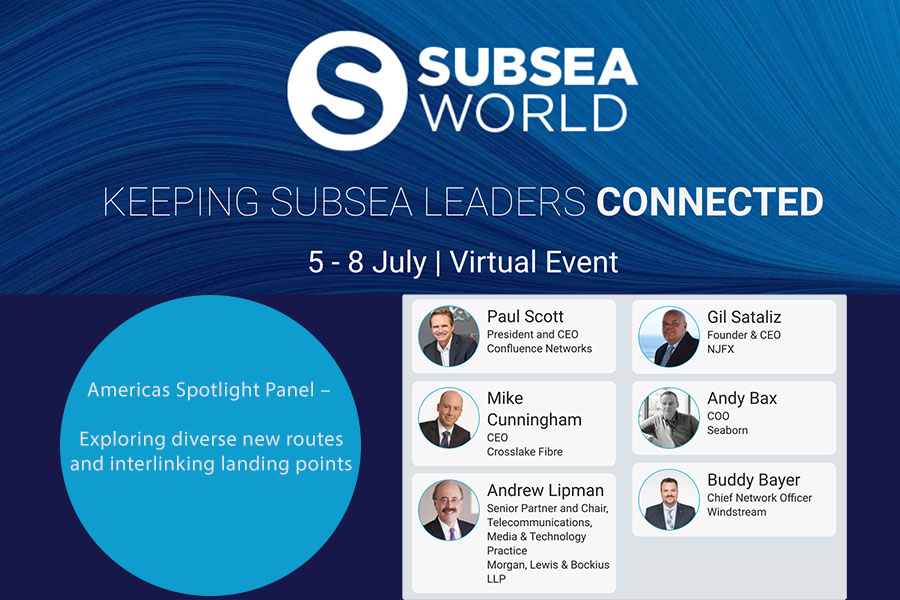


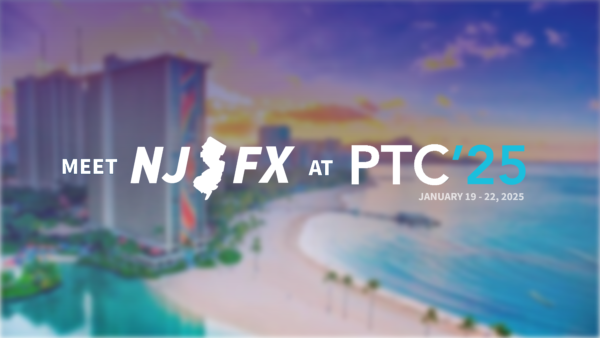
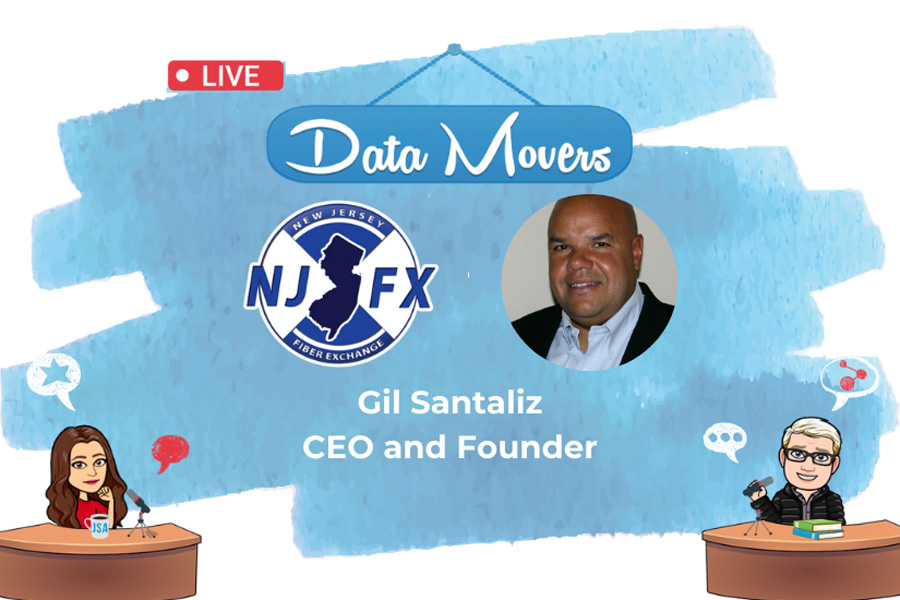
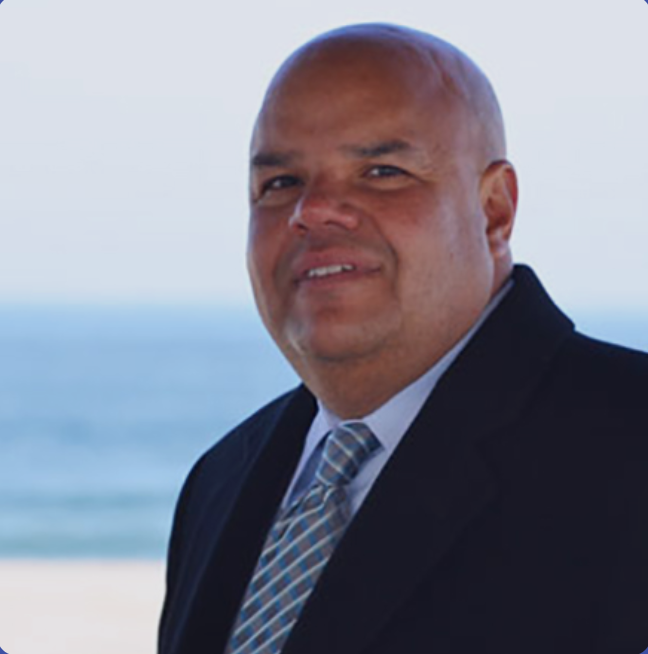
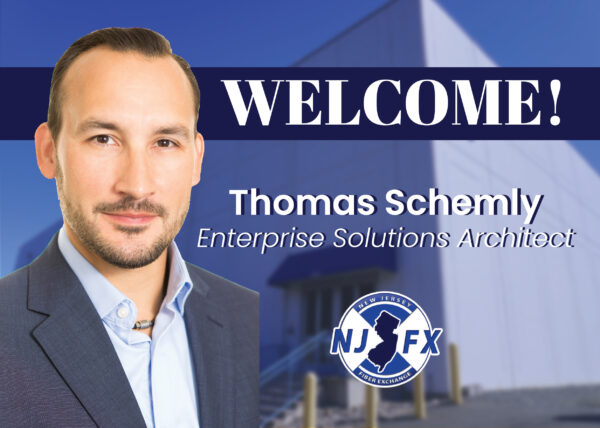
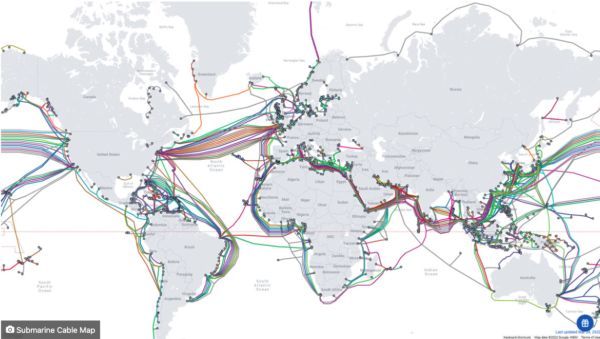





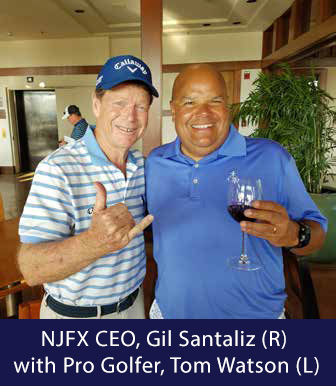 If electricity fails, there are plans for backup power. But, if you lose your IT network, then operating a business becomes impossible. If your connectivity is based on only two or three traditional carriers, then it is time to ensure your understanding of whether or not those carrier assets are actually physically diverse.
If electricity fails, there are plans for backup power. But, if you lose your IT network, then operating a business becomes impossible. If your connectivity is based on only two or three traditional carriers, then it is time to ensure your understanding of whether or not those carrier assets are actually physically diverse.